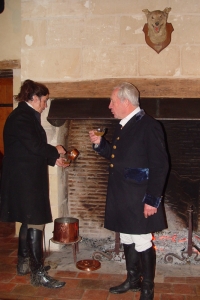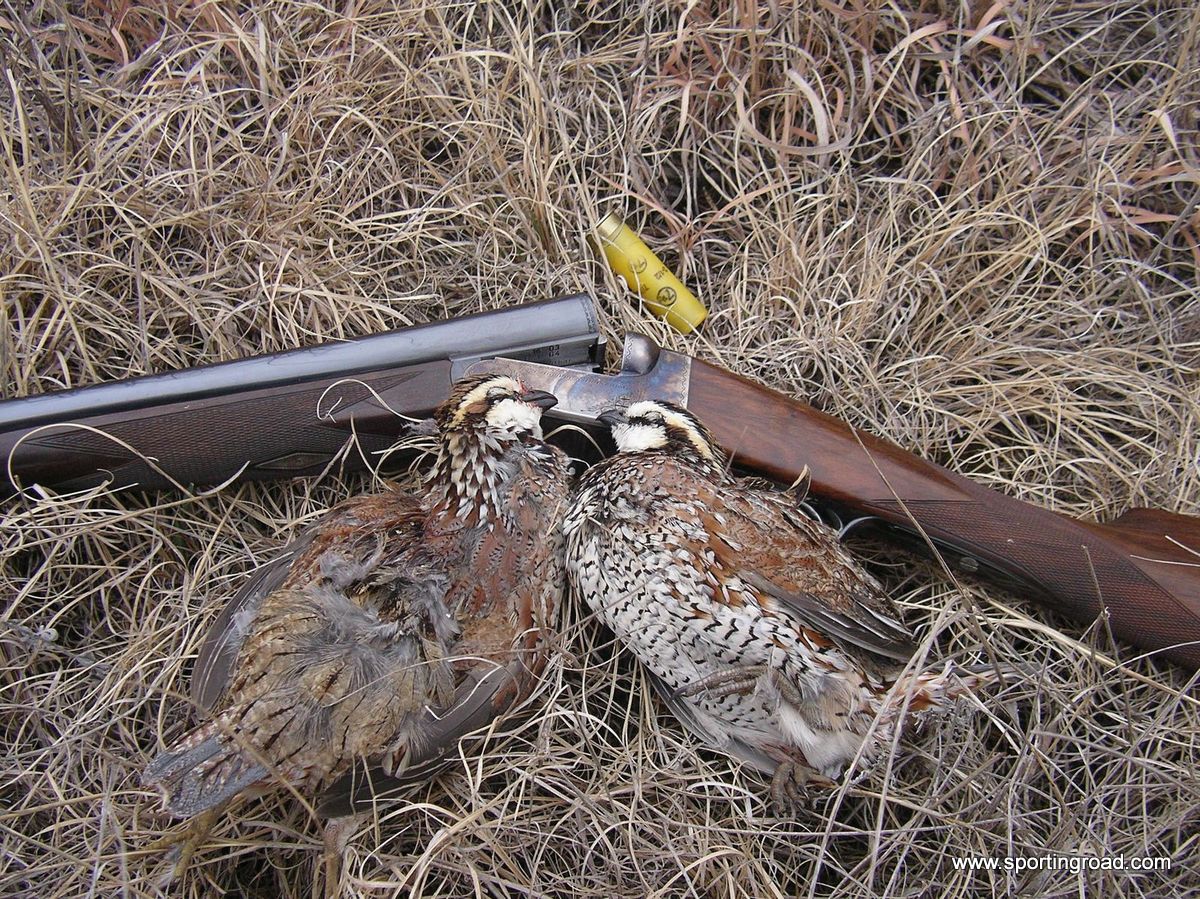Those new to witnessing the grandeur and pageantry of a foxhunt are often transported back a century or more to a long lost time. This is no more so than in France, where mounted followers still pursue stag, roebuck, wild boar, hare and rabbit with different packs of hounds. Even the French hounds look a bit from a bygone era, as they still have a sliver of wolf-blood breed into many of the French breeds. But the riders are in their full glory with sabers and French hunting horns, accompanying their long frock coats and boots turned up to protect the knee.
Sometimes cooking also takes you back to a bygone era, an era when things were made simply and at home, before commercialization took over everything including much of our cooking. This recipe takes us back not only to the era when soups didn’t come from a can or box, but for us, it also takes us back to Le Château de Champchevrier in the Loire valley where the Bizard family, who has lived in this grand palace in the forest, has been hunting stag there since 1728. They serve a version of this hunter’s broth in a gathering room next to the stables after hunts where it can often be cold and damp, as a way of refreshing and warming the hunters who stand by the fire where it is kept warm in a hanging caldron.
In French cooking, a consommé is a type of clear soup made from richly flavored stock that has been clarified, a process which uses egg whites to remove fat and sediment. A broth is a liquid in which meat, fish or vegetables have cooked when the goal is also to consume the meat, fish or vegetables. Stock is a liquid in which the meat, fish, bones, or vegetables have simmered for a long period and then discarded.
I often roast ducks and chickens and use the carcass to make this delicious and easy stock, but a left-over chicken carcass works just as easily. The stock can be frozen for later use and we find 1 liter plastic orange juice jugs to be perfect vessel for storage.
- 1-2 pheasant carcasses (more if using smaller birds such as quail), but this works equally well with ducks or
 chickens, including necks and backs, unused legs, etc. The carcasses can be cut into separate pieces, either still raw or having already been roasted. (I usually keep a number of these carcasses also pre-frozen in large freezer bags, ready for when you have a day when you have an hour or so to make the stock.)
chickens, including necks and backs, unused legs, etc. The carcasses can be cut into separate pieces, either still raw or having already been roasted. (I usually keep a number of these carcasses also pre-frozen in large freezer bags, ready for when you have a day when you have an hour or so to make the stock.) - 1 large onion, roughly cut into large chunks
- 2-4 carrots, roughly cut into large chunks
- 2-4 ribs celery, roughly cut into large chunks
- 10 sprigs fresh thyme
- 10 sprigs fresh parsley, or just the stems (again, you can through the stems in with the birds into the freezer bag, having used the leaves for some other recipe)
- 2 bay leaves
- 8 to 10 peppercorns
- 2 whole cloves garlic, peeled
- 2 gallons cold water
Place carcasses, vegetables, herbs and spices in a 12-quart stockpot, and pour in the water. Cook on high heat until you begin to see bubbles break through the surface of the liquid. Turn heat down to medium low so that stock maintains low, gentle slow boil. Skim the foam and impurities from the stock with a ladle frequently for the first 10 minutes of slow boiling. Reduce to a simmer for at least 1 hour. Add hot water as needed to keep bones and vegetables submerged. This can go simmering uncovered for 1 to 8 hours.
Strain stock through a fine mesh strainer (or cheesecloth, or both if you want it extra clear) into another large stockpot or heatproof container, discarding the solids. Cool immediately in a sink full of ice water to below 40 degrees. Place in refrigerator overnight. Remove solidified fat from surface of liquid and discard. Can be kept in the refrigerator for 2 to 3 days or in freezer for up to 3 months. Prior to use, bring to a boil for 2 minutes. Can be used as a broth, served in tea cups to warm hunters, or used as a home-made stock for other recipes. Voila!

